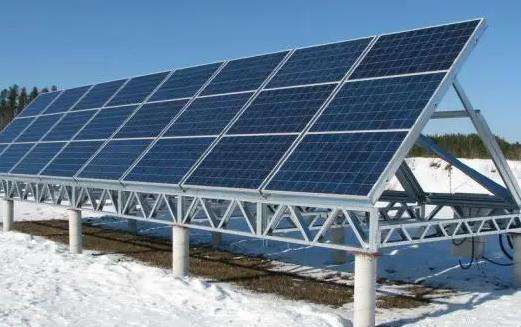No! Its use is no different from ordinary glass. Firstly, its strength is several times that of ordinary glass. Second, its increased bearing capacity improves its fragility even if the tempered glass is damaged. , it will be broken into small fragments without sharp corners. Damage to the human body is significantly reduced. The rapid cooling and rapid heating resistance of tempered glass is 2-3 times that of ordinary glass. changes of more than 150LC and has obvious effects on thermal explosion prevention. Disadvantages of tempered glass: 1. Tempered glass cannot be cut or processed. Glass can only be processed to the required shape before tempering and then tempered. 2 Although tempered glass is stronger than ordinary glass, tempered glass has the possibility of self-explosion (self-rupture) when the temperature difference changes greatly, while ordinary glass does nothas no possibility of self-explosion.
Depending on the car window, part of it may pass through.
Once tinted glass is installed, sunlight is effectively blocked. While colored glass absorbs visible light from the sun, it produces an unnatural color of light. The intensity of sunlight is weakened and the glass heats up as it absorbs the sun's rays.
Tinted glass can typically block about 50% of solar radiation. For example, 6mm thick blue glass can only transmit 50% of solar radiation, while heat-absorbing brown and bronze glass can only transmit 25% of solar light.
Under normal circumstances, it absorbs solar radiant heat, like 6mm thick transparent glass. Different colors and thicknesses of colored glass absorb solar radiant heat to varying degrees. Thermal transmissionTotal thermal transmittance under sunlight is 84%, while the total thermal transmittance of colored glass under the same conditions is 60%. Therefore, although colored glass has a certain degree of transparency, it can absorb visible sunlight and weaken the intensity of the sun.














